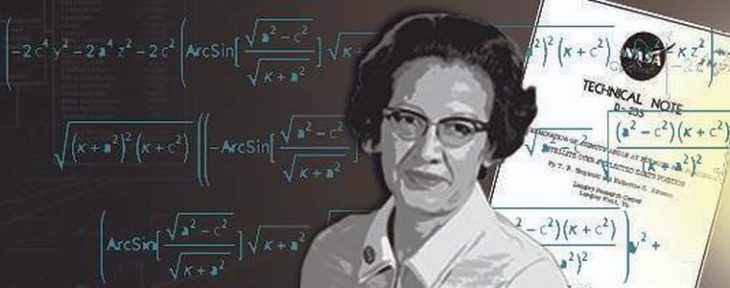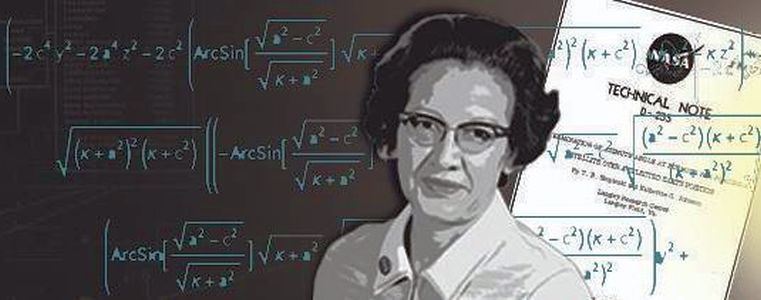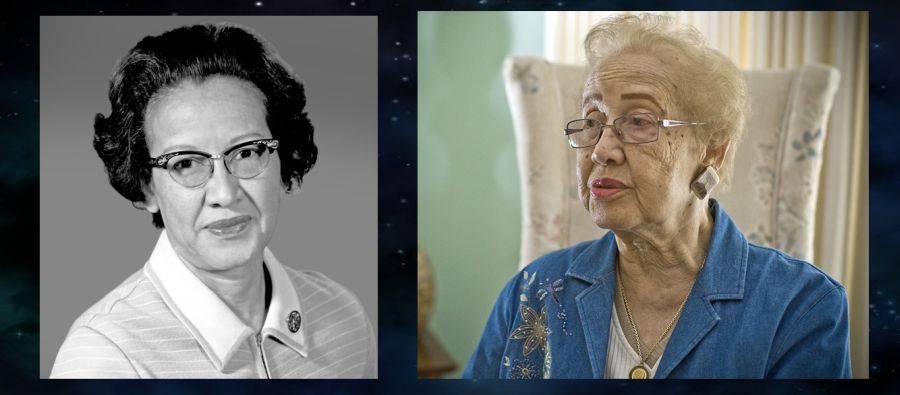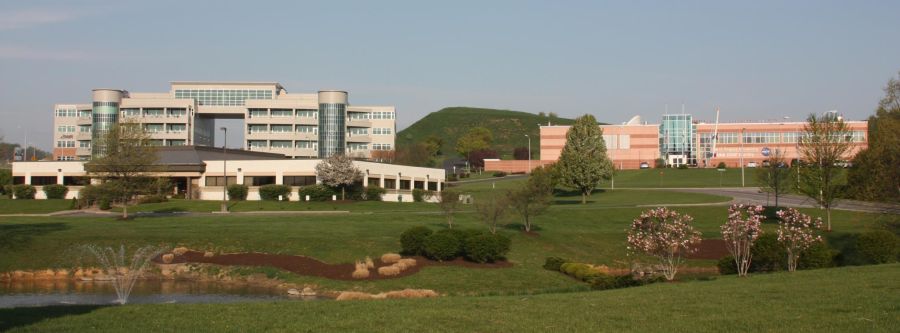
NASA renames critical software facility in honor of ‘Hidden Figures’ Katherine Johnson

Updated 02/24/2020: Katherine Johnson died on February 24, 2020. The pioneering NASA mathematician passed away at the tender age of 101. NASA Administrator Jim Bridenstine said that she died Monday morning. No cause was given, according to ABC13 News.
The original article . . . NASA has redesignated its Independent Verification and Validation (IV&V) Facility in Fairmont, West Virginia, as the Katherine Johnson Independent Verification and Validation Facility, in honor of the iconic mathematician, NASA employee and “Hidden Figure.”
“I am thrilled we are honoring Katherine Johnson in this way as she is a true American icon who overcame incredible obstacles and inspired so many,” said NASA Administrator Jim Bridenstine. “It’s a fitting tribute to name the facility that carries on her legacy of mission-critical computations in her honor.”
In December, President Trump signed into law an act of Congress calling for the redesignation. The facility’s program contributes to the safety and success of NASA’s highest-profile missions by assuring that mission software performs correctly. IV&V now is in the process of planning a rededication ceremony.
“It’s an honor the NASA IV&V Program’s primary facility now carries Katherine Johnson’s name,” said NASA IV&V Program Director Gregory Blaney. “It’s a way for us to recognize Katherine’s career and contributions not just during Black History Month, but every day, every year.”

Born in White Sulphur Springs, West Virginia, in 1918, Johnson’s intense curiosity and brilliance with numbers led her to a distinguished career — spanning more than three decades — with NASA and its predecessor agency, the National Advisory Committee for Aeronautics. Among her professional accomplishments, Johnson calculated the trajectory for Alan Shepard’s Freedom 7 mission in 1961. The following year, Johnson performed the work for which she would become best known when she was asked to verify the results made by electronic computers to calculate the orbit for John Glenn’s Friendship 7 mission. She went on to provide calculations for NASA throughout her career, including for several Apollo missions.
At a time when racial segregation was prevalent throughout the southern United States, Johnson and fellow African American mathematicians Dorothy Vaughan and Mary Jackson — who was later promoted to engineer — broke through racial barriers to achieve success in their careers at NASA and helped pave the way for the diversity that currently extends across all levels of agency’s workforce and leadership. Their story became the basis of the 2017 film “Hidden Figures,” based on the book by Margot Lee Shetterly.
In 2015, President Obama awarded Johnson the Presidential Medal of Freedom. In 2017, NASA’s Langley Research Center in Hampton, Virginia, dedicated the new Katherine Jonson Computational Research Facility in her honor. Johnson celebrated her 100th birthday on Aug. 26.

Since its inception more than 25 years ago, NASA’s IV&V Program has performed work on approximately 100 missions and projects, including: the Space Shuttle Program, Hubble Space Telescope, Cassini, Mars Science Laboratory, Magnetosphere MultiScale, Global Precipitation Measurement and, most recently, the InSight Mars Lander. The IV&V Program currently is providing services to 12 upcoming NASA missions, including the James Webb Space Telescope, Orion Multi-Purpose Crew Vehicle and the Space Launch System. It also provides general software safety and mission assurance services, including support for NASA’s Commercial Crew Program.
For more on Katherine Johnson, see her NASA biography.
(Source: NASA)
~ Posted by: Richard Webster, Ace News Today / Connect with Richard on Facebook and Twitter






